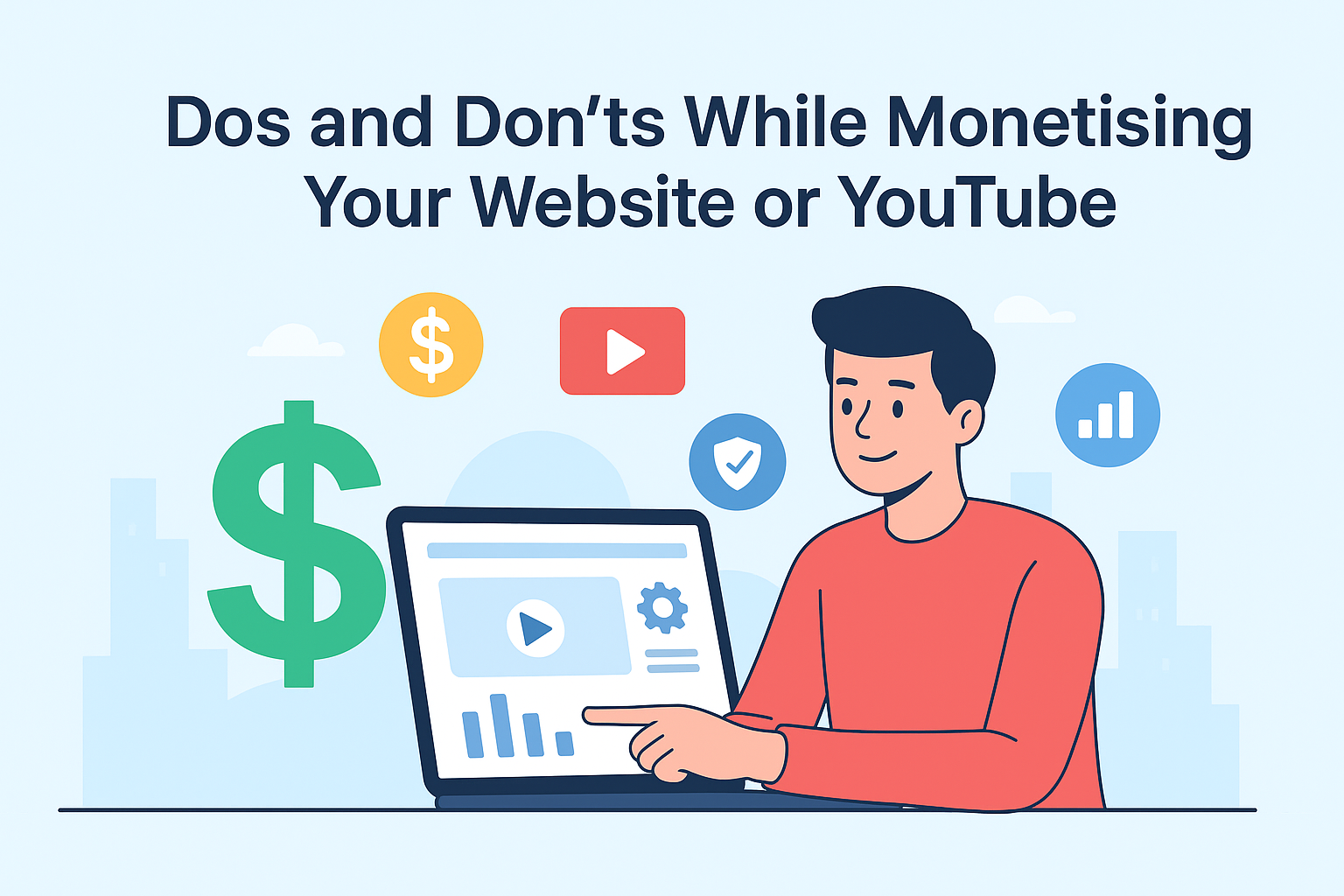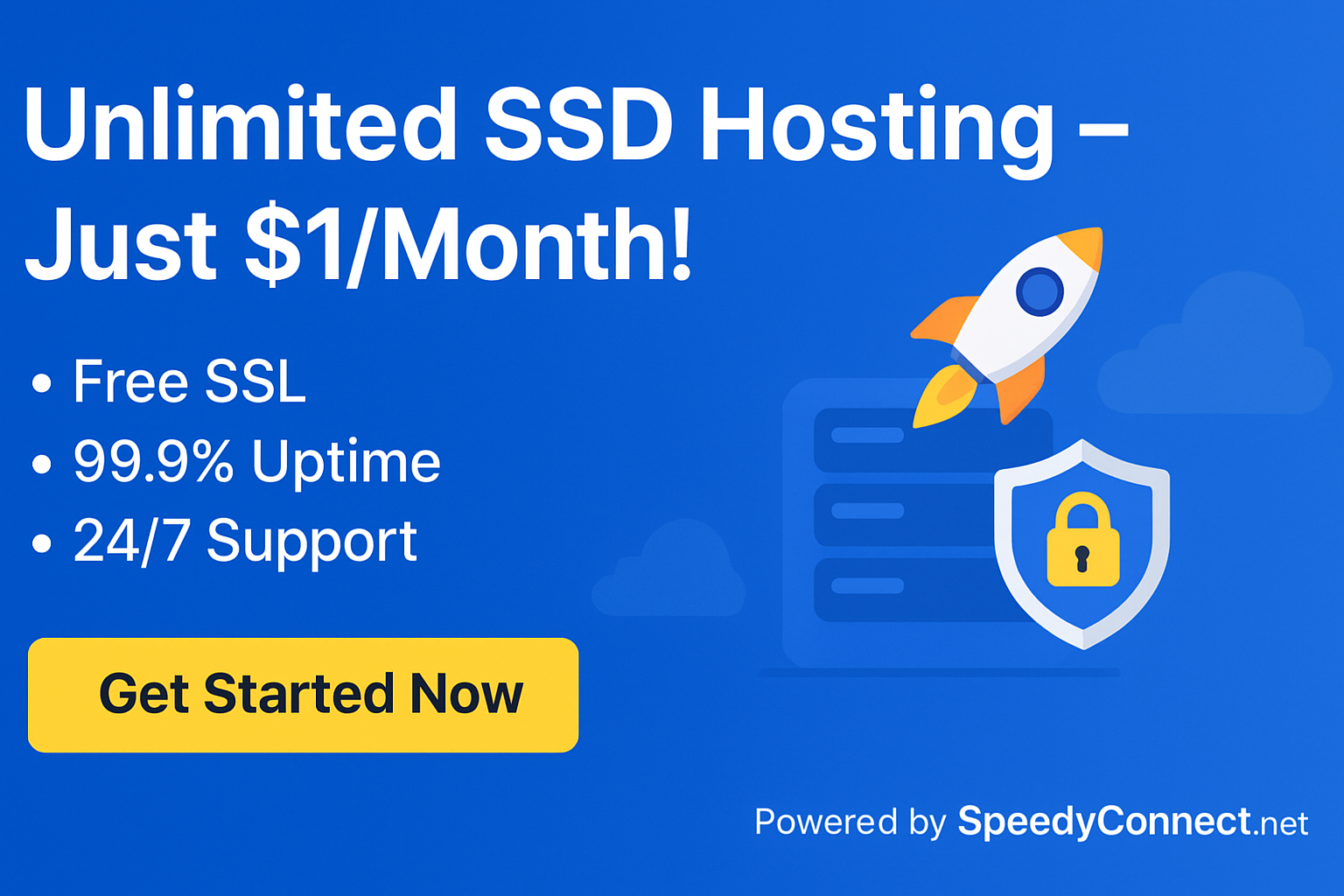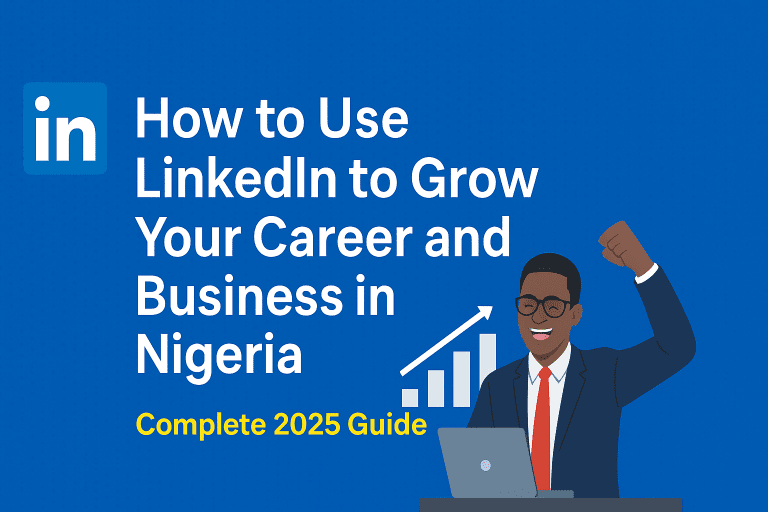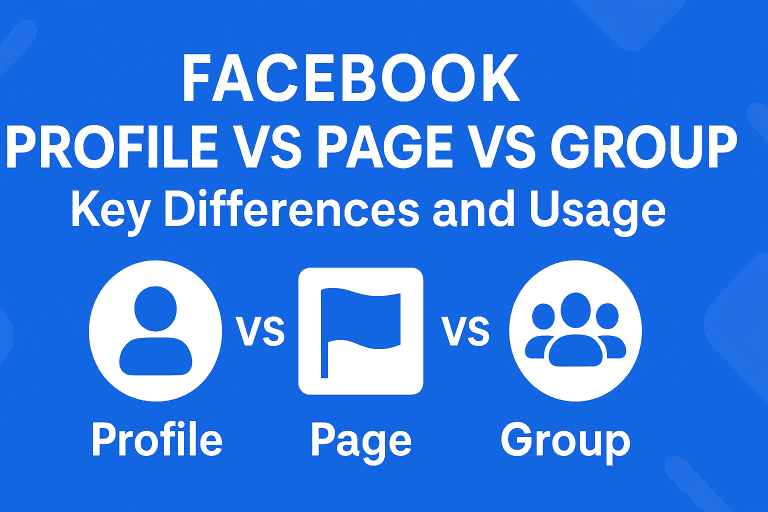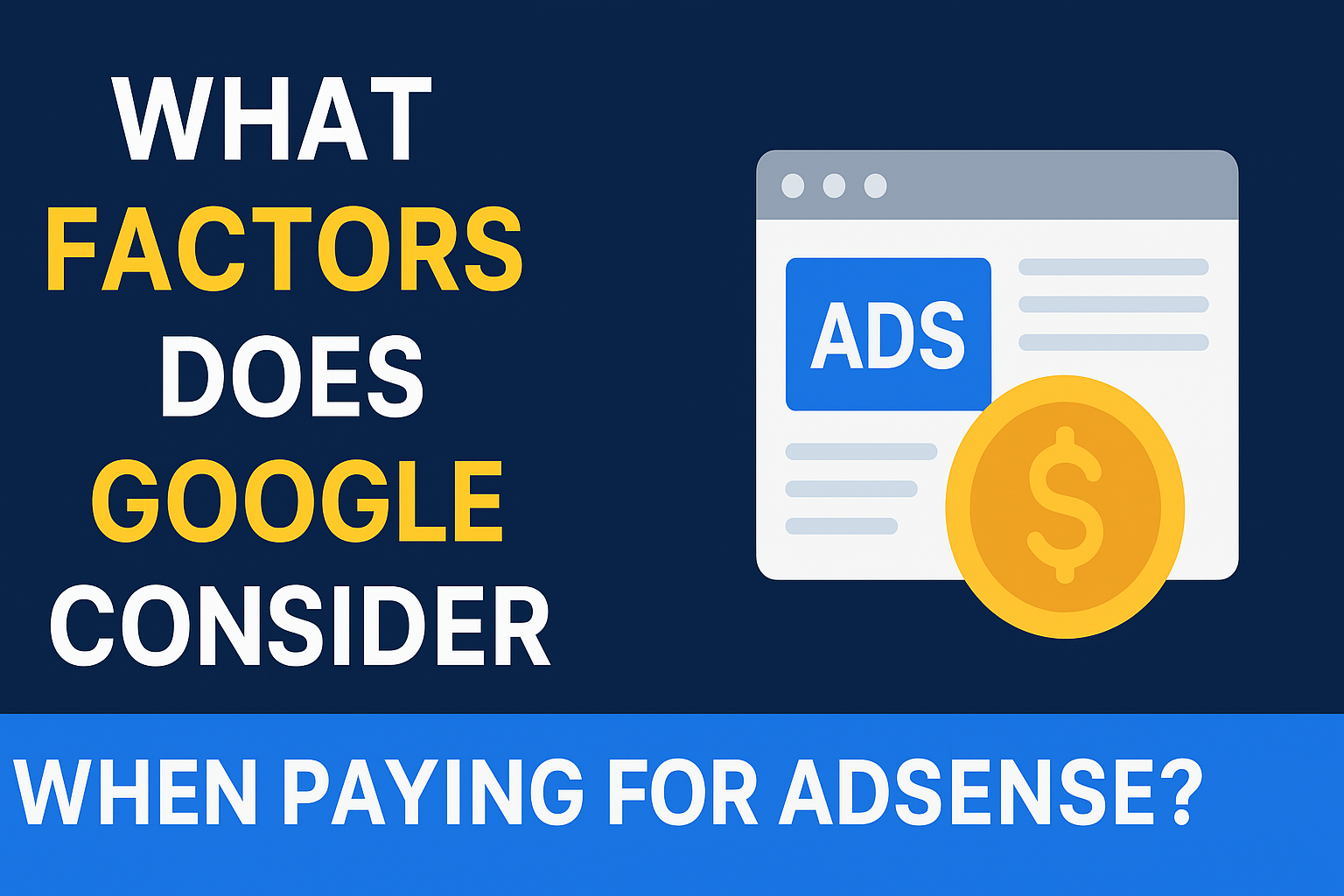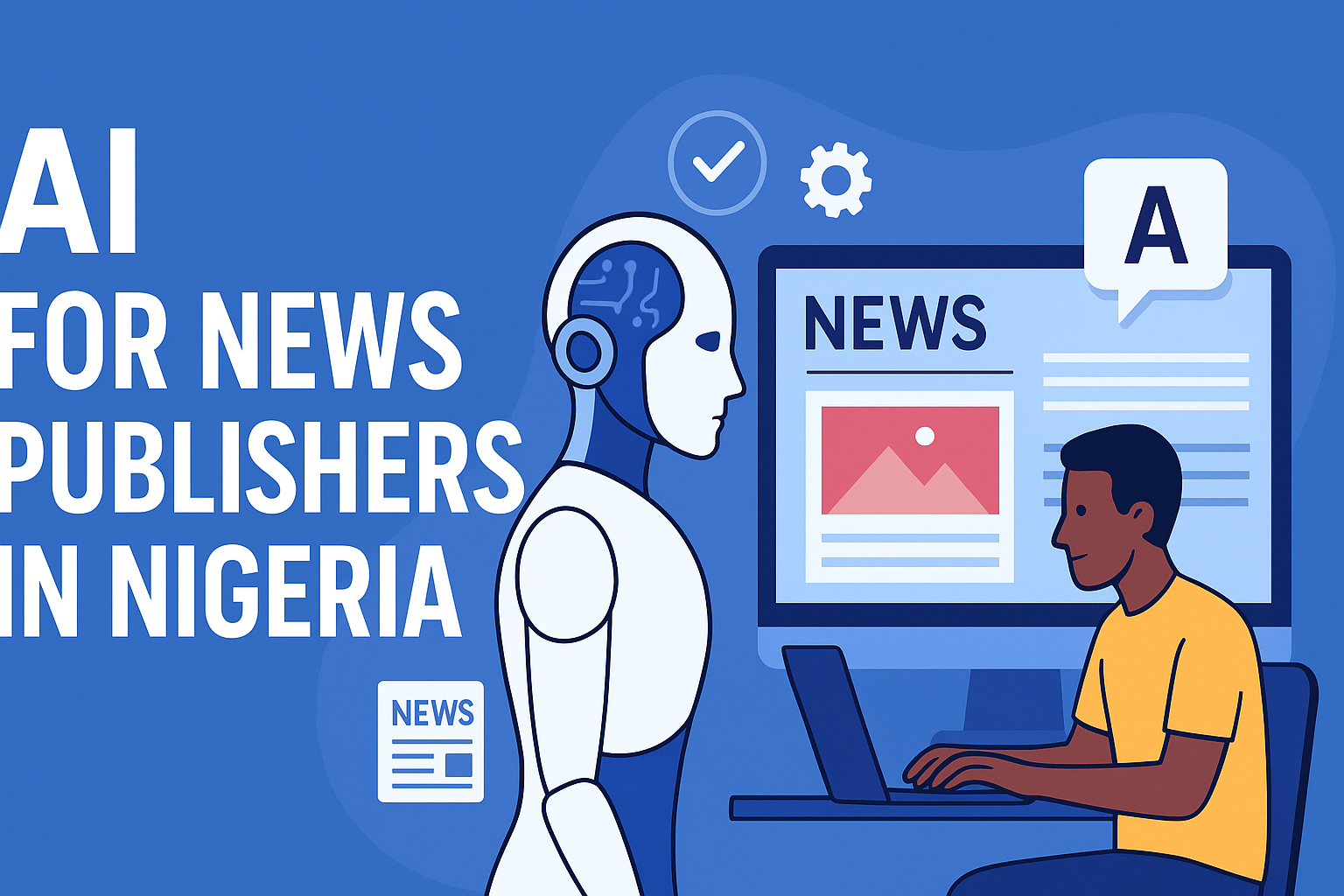Dos and Don’ts While Monetising Your Website or YouTube in 2025
Monetising a website or YouTube channel in 2025 is one of the most rewarding ways to turn your online presence into a sustainable business. Whether you’re a small business blogger, a publisher, or a content creator, the digital space offers countless opportunities to earn passive and active income.
However, the road to monetisation is not always straightforward. Many beginners either rush into it without a plan or make mistakes that affect their reputation, traffic, and long-term earnings. Understanding the dos and don’ts of website and YouTube monetisation can help you avoid pitfalls, maintain credibility, and maximise profits.
This guide will walk you through the best practices for monetisation in Nigeria and beyond, while highlighting the common mistakes you must avoid.
Why Monetisation Matters in 2025
The digital economy in 2025 is booming. According to recent statistics, Nigeria alone has over 122 million internet users, and online video consumption has skyrocketed. With audiences spending more time online, businesses and creators have unprecedented opportunities to build income streams through:
- Display ads (Google AdSense, Mediavine, etc.)
- Affiliate marketing
- Sponsored posts or collaborations
- Digital product sales
- YouTube Partner Program (YPP) revenue
- Brand partnerships
But monetisation is not just about revenue—it’s about building trust, authority, and long-term growth. A well-monetised platform adds credibility to your brand, while careless monetisation can destroy user trust and harm SEO rankings.
Read also: How to Get Google AdSense Approval in 2025: The Complete Guide
Dos of Monetising Your Website or YouTube
1. Focus on Quality Content First
High-quality, original, and engaging content is the foundation of successful monetisation. Search engines and YouTube algorithms prioritise valuable content that solves problems or entertains.
- For websites: Write in-depth blog posts with proper keyword research.
- For YouTube: Create consistent, high-resolution videos with engaging storytelling.
Pro Tip: Never sacrifice quality for quantity—better to have fewer excellent pieces of content than many mediocre ones.
2. Build an Engaged Audience Before Monetising
Rushing to plaster ads on your website or videos can push away potential followers. Build trust first, then monetise.
- Grow your subscribers and email list.
- Interact with your audience through comments, polls, or newsletters.
- Offer free value before asking for anything in return.
3. Diversify Income Streams
Don’t rely solely on one source of income, such as AdSense. Algorithms and policies change frequently.
- Combine affiliate marketing, sponsorships, and digital products.
- Explore YouTube features like Super Thanks, memberships, and merch shelves.
- Sell eBooks, courses, or consultations via your website.
4. Use SEO to Drive Organic Traffic
Without traffic, monetisation efforts will struggle. Learn basic SEO (Search Engine Optimisation) for websites and YouTube SEO for videos.
- Use relevant keywords in titles, descriptions, and tags.
- Optimise meta descriptions and thumbnails for click-through.
- Build backlinks and collaborate with other creators.
5. Disclose Sponsored Content
Transparency builds trust. Whether you’re doing affiliate marketing, brand partnerships, or sponsorships, always disclose.
- On YouTube, use the “Paid Promotion” tag.
- On websites, add disclaimers for affiliate links.
This keeps you compliant with advertising laws and helps your audience trust you.
6. Leverage Analytics
Both Google Analytics and YouTube Studio provide valuable insights into what works.
- Track your top-performing content and replicate it.
- Study your audience demographics.
- Adjust monetisation strategies based on actual data.
7. Invest in Branding and Presentation
Your monetisation success depends heavily on your professionalism.
- Use clean website designs with fast loading times.
- Design attractive video intros and thumbnails.
- Maintain consistent brand colours, fonts, and tone.
A polished presence attracts advertisers and boosts credibility.
Read also: YouTube Monetisation Requirements 2025: How to Qualify
Don’ts of Monetising Your Website or YouTube
1. Don’t Overload with Ads
Too many ads make your site slow and frustrate your audience. On YouTube, excessive mid-roll ads can push viewers away.
- Limit ads to balance user experience and revenue.
- Avoid pop-ups that harm SEO rankings.
2. Don’t Buy Fake Traffic or Subscribers
Many beginners are tempted to buy followers, views, or website traffic. This is a costly mistake.
- Fake traffic ruins your analytics.
- YouTube and Google penalise suspicious activity.
- Brands only pay for authentic engagement.
3. Don’t Ignore Mobile Users
More than 70% of Nigerians access the internet via mobile devices.
- Ensure your website is mobile-friendly and loads fast.
- Create vertical or square video content optimised for mobile viewing.
4. Don’t Violate Platform Policies
Google AdSense and YouTube have strict policies. Violating them can get you permanently banned.
- Avoid copyright infringement.
- Don’t use clickbait or misleading headlines.
- Stay compliant with community guidelines.
5. Don’t Expect Overnight Success
Monetisation is a marathon, not a sprint. Many successful bloggers and YouTubers spent years building their audience before earning a sustainable income.
- Be consistent.
- Stay patient.
- Focus on value creation.
6. Don’t Ignore Your Niche
Trying to cover every topic will confuse your audience and hurt SEO.
- Identify your niche (tech, finance, lifestyle, etc.).
- Create targeted content for your ideal audience.
7. Don’t Forget Your Audience’s Experience
The ultimate goal is long-term trust and loyalty.
- Don’t bombard users with sales pitches.
- Avoid irrelevant sponsorships that don’t align with your brand.
- Respect your audience’s attention.
Case Study: Nigerian Creators Monetising Successfully
- Website Example – Techpoint Africa
Techpoint monetises through ads, sponsored posts, events, and premium memberships, all while maintaining professional credibility. - YouTube Example – Tayo Aina
Tayo Aina, a Nigerian YouTuber, monetises with ads, sponsorships, and digital products. His success comes from consistent, quality storytelling.
Both show that with patience, strategy, and transparency, monetisation can lead to a sustainable business.
Practical Steps to Monetise in 2025
- For Websites:
- Apply for Google AdSense or ad networks like Ezoic.
- Add affiliate programs like Amazon Associates, Jumia Affiliate, or Konga Affiliate.
- Create digital products such as eBooks or online courses.
- For YouTube:
- Join the YouTube Partner Program (requires 1,000 subscribers + 4,000 watch hours or 10M Shorts views in 90 days).
- Offer channel memberships and Super Chats.
- Partner with brands in your niche.
Conclusion
Monetising your website or YouTube channel in 2025 is more achievable than ever, but success requires balance. Do focus on content quality, trust, and diversification. Don’t sacrifice user experience or violate platform rules.
If you approach monetisation strategically, your online presence can evolve into a profitable, long-term business.


